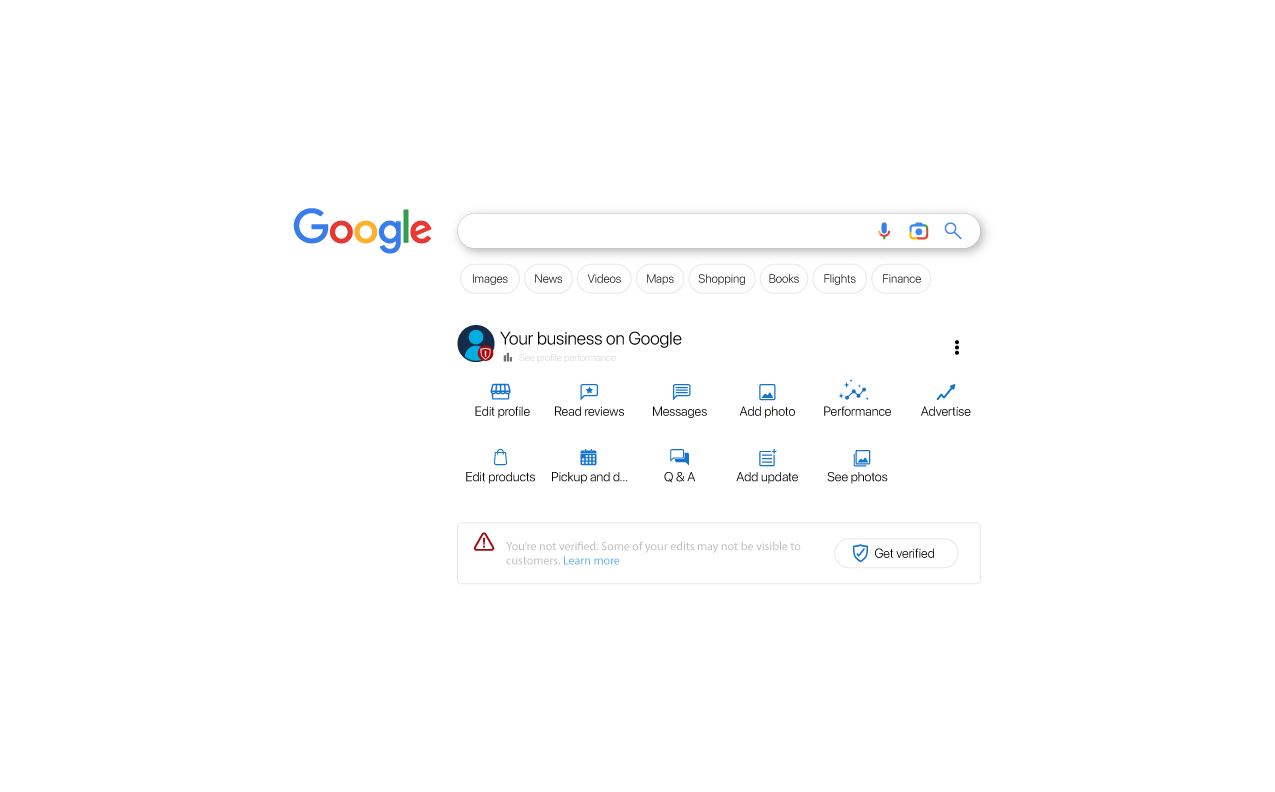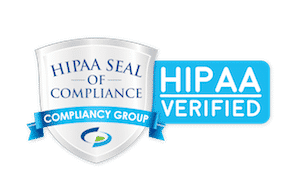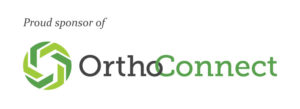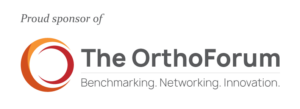How Google Business Profile Changes Affect Healthcare Organizations
Google recently updated how you manage your Google Business Profile (GBP), and there are several changes that you should be aware of.
New Merchant Experience (NMX), as the latest update is named, is the way to interact with your Google Business Profile directly through the Search Engine Results Page (SERP) instead of through the GBP dashboard, as we did so far. This update completely removed some initial GBP settings and changed others, ultimately affecting the overall user experience.
You probably have realized that reputation management and local SEO are key pillars of focus for healthcare marketing. Online reviews significantly changed the word-of-mouth approach, which was dominant in this industry before, as following the rise in mobile internet usage, patients turned to Google to look for the closest and best practice for their medical needs. At the same time, Google upgraded its service, showcasing the best (and closest) results to its users, and the focus shifted toward Google Business Profiles. And this is one of the key reasons why practices spend a lot of time optimizing their GBPs. If you know that a well-managed GBP profile helps your practice appear in relevant local searches and, ultimately, brings the patients to your address, you will also want to stay on top of its updates.
Why Prioritize Local SEO in Healthcare Marketing?
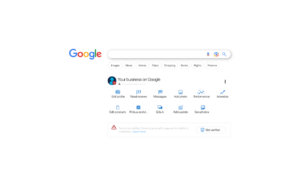 We’re glad you asked! Local SEO is crucial for healthcare providers because the vast majority of patients search for nearby services when they need medical care. Over time, Google has made many changes to how it displays search results for patients looking for information about health-related conditions, injuries, and treatments giving preference to healthcare providers located closest to the searcher’s physical location. Having an optimized Google Business Profile (GBP) for your healthcare organization and each of your physicians is one of the keys to a successful local SEO. In fact, a completed and updated GBP increases the odds of patients visiting your healthcare organization by 70% and increases the odds of them using your services by up to 50%.
We’re glad you asked! Local SEO is crucial for healthcare providers because the vast majority of patients search for nearby services when they need medical care. Over time, Google has made many changes to how it displays search results for patients looking for information about health-related conditions, injuries, and treatments giving preference to healthcare providers located closest to the searcher’s physical location. Having an optimized Google Business Profile (GBP) for your healthcare organization and each of your physicians is one of the keys to a successful local SEO. In fact, a completed and updated GBP increases the odds of patients visiting your healthcare organization by 70% and increases the odds of them using your services by up to 50%.
At the same time, it’s important to monitor any Google Business Profile changes and updates that Google introduces, including New Merchant Experience (NMX). This update completely removed some initial GBP settings and altered others, ultimately affecting the overall user experience. The biggest change this update introduced is the way to interact with your GBP directly through the search engine results page (SERP) instead of the GBP dashboard. Knowing that a well-managed GBP profile helps your practice appear in relevant local searches and attracts patients to your address, you will want to stay on top of all changes that NMX brings.
What Should You Know about the Google Business Profile Changes?
Since November 2021, Google has been slowly introducing updates to managing your GBP and has finally transitioned to the New Merchant Experience (NMX) as of late 2022. This update came through with some negative commentary on the overall user experience and how it affects people running their listings on Google.
It is important to understand the end goal here for Google itself. Small business owners collectively represent an incredible target market for Google Ads, and they are looking at how to make the Ads more accessible, even to those businesses that are not looking to hire a marketing agency. In this quest to simplify their overall experience of the Google ecosystem, one of the decisions was to allow GBP managers to run their profiles directly in SERP.
Everything you have done so far to manage your listings on Google, you’ll now do directly through the search engine results page rather than your GBP dashboard, which implies a few other updates too:
Google Photos Analytics Are Gone
While users already complained that the photo metrics on GBP weren’t as accurate, you could get an insight into how many patient-submitted photos you have compared to your own and how it compares to other practices. This feature is not accessible in the NMX or the Google API, and it remains to be seen if there will be additional updates.
Patient Analytics Have Changed
The helpful pie chart on ‘How customers search for your business’ is now gone. This was a good data set for many healthcare institutions investing in marketing, as they could see which marketing activities bring results, whether they were part of your organic or paid marketing efforts. It is still possible to access this data through Google Analytics or 3rd party apps that integrate this kind of information.
Similarly, a table showcasing from which area patients are coming to your practice via direction request analytics is now gone, and the NMX shows you only the number of directions you receive over a specific period.
Q&A Section Is More Prominent
You will want to stay on top of all questions about your healthcare institution, showing your potential patients that you are reliable. The Q&A section is now more prominent on your profile, suggesting that Google could value it more in their SEO algorithm in the future. Regardless, we all know Google loves content, and wherever you can provide it with relevant information about your practice, don’t hesitate to do so. As you know, anyone on Google can answer questions posted on GBPs, no matter if they are managing the page or not, and it’s important that you track all updates on your page, ensuring your potential patients are getting valid information.
Call Tracking History Is More Popular
Introduced back in May 2021, GBP’s more and more prominent call tracking feature enables you to track the calls you are getting directly from your GBP. It can be useful to understand when you get the most missed calls from patients. Do they call while you’re closed? Do you think there is a chance to adjust the working hours of your front desk or find other ways to provide your patients with the information they need and book appointments?
To get answers to these questions and other useful information, you can use a call tracking feature on its own and analyze your marketing efforts. The feature provides unique phone numbers that can be placed on your website, social media, and other digital channels. When patients call the unique number, the call is tracked and recorded, allowing you to monitor the effectiveness of healthcare marketing campaigns and analyze the types of calls you receive. The call tracking feature may also include advanced analytics and reporting tools that allow you to measure the success of your campaigns and make data-driven decisions to improve them.
Terminology Updates
If you were relying on Google Posts supporting SEO for your practice, you could still keep notes on them, but now they are called updates. As part of another small terminology change, business admins will now be referred to as managers.
How Does New Merchant Experience Affect Healthcare Organizations?
While Google used to allow bulk edits across all your locations, with the latest GBP changes, you’ll have to do it individually for all listings. You can still access them via the 3-dot menu, but each listing will be opened separately, and if you have many locations to add updates to, you can do it page by page or use a 3rd party app that allows group updates. In short, it means that the more profiles you are running, the more time you will spend updating them now with the new dashboard.
Another update affecting all healthcare practices, particularly those with smaller marketing budgets, is more challenging access to analytics from where you get searches. Currently, it is available only via API rather than the GBP dashboard and can be more demanding to work with. A lack of appropriate data can affect your overall marketing plans, and you will certainly need to adapt and find other sources to track your key metrics for campaign optimization.
Roll with the Latest Google Business Profile Changes
Regardless of the latest Google Business Profile changes, the fact remains that GBP is one of the key pillars of your local SEO. While keeping up-to-date with Google updates and changes is essential for healthcare providers, it’s also challenging. You may not have enough time to dedicate to monitoring and adapting Google Business Profile changes as you’re often focused on patient care and managing healthcare organization, leaving little time for other tasks. In addition to this, HIPAA regulations make it difficult to track and manage patient information online, including through your GBP.
At the same time, Google updates and changes occur frequently, making it necessary to keep up-to-date and adapt your online presence accordingly. At Social Climb, we offer a HIPAA-compliant approach to your healthcare marketing activities and support you in both segments essential for your growth — reputation management and local SEO, with a big focus on your Google Business Profile.
You can rely on SocialClimb to stay informed about the latest Google Business Profile changes and ensure your GBP is compliant with Google’s guidelines. In addition to this, you can get detailed analytics and reports on GBP performance, including metrics such as visibility, engagement, and reputation score. This helps you understand how your GBP is performing and identify areas for improvement, ultimately improving your online presence and reputation.

